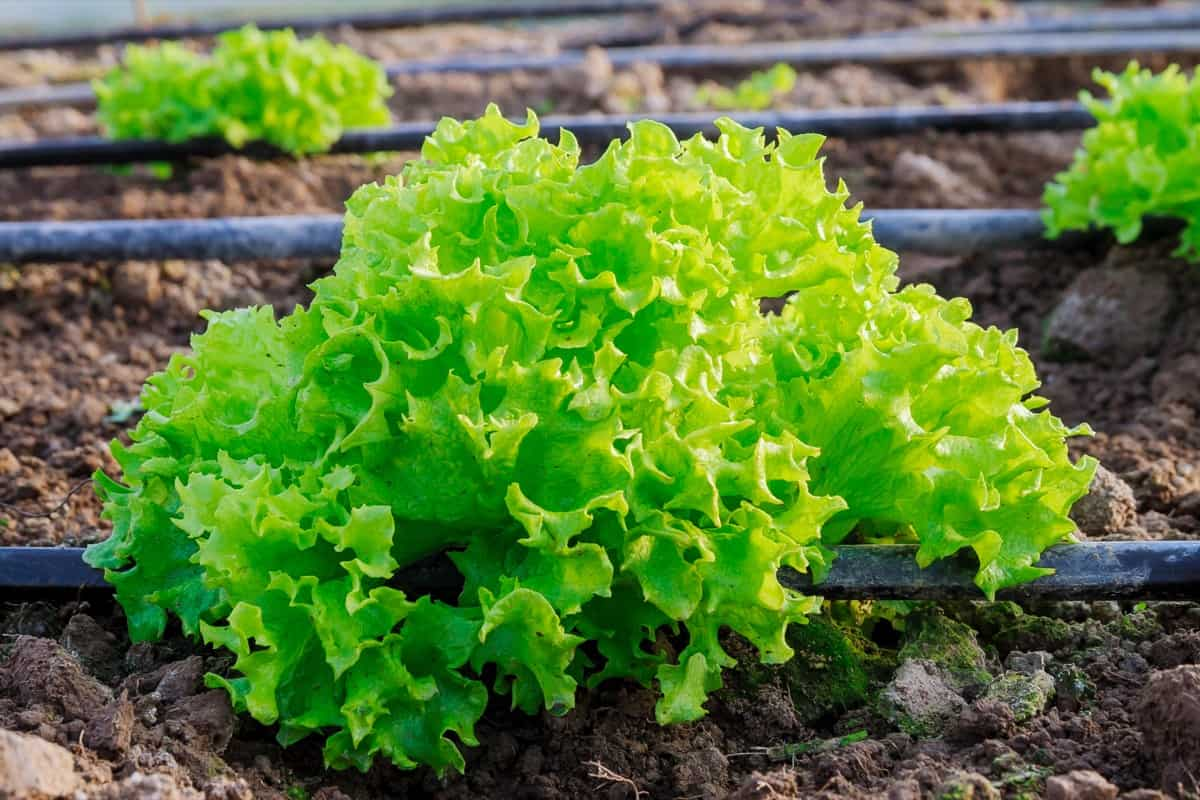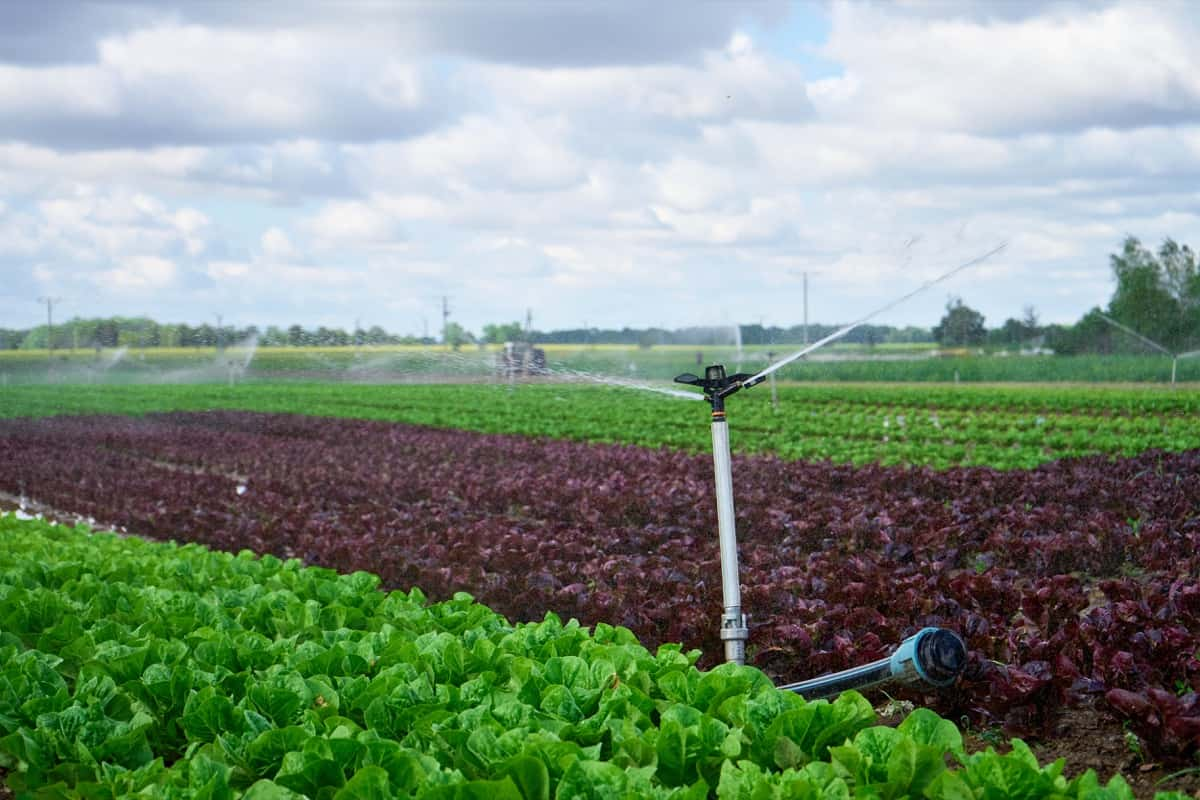Drought is a common environmental challenge faced by farmers around the world. It can devastate agricultural productivity and food security, especially in arid and semi-arid regions. To overcome this obstacle, adopting suitable strategies and techniques for growing crops in drought-prone areas is of paramount importance. Below we learn how to grow crops in drought areas, offering practical tips and insights to help farmers maximize their yield despite challenging conditions, crops requiring less water, and drought-tolerant and drought-resistant crops.

Techniques to Grow Crops in Drought Areas
Selecting Drought-Tolerant Crop Varieties
Choosing the correct crop kinds is a great drought-coping strategy. Some plants are naturally more drought-resistant than others, which should be prioritized in drought-prone regions. Examples of drought-tolerant crops include sorghum, millets, cowpeas, and certain types of beans. In addition to traditional varieties, genetically modified (GM) crops are specifically designed to withstand drought. Consult local agricultural experts or extension services to identify your region’s most suitable drought-tolerant crops.
Enhancing Soil Quality and Water Retention
Healthy soil plays a crucial role in enabling plants to withstand drought. Implementing practices that improve soil structure, organic matter content, and water retention capacity can go a long way in helping crops thrive under water stress. Some effective methods include:
- Cover cropping: Planting cover crops like legumes and grasses helps to improve soil structure and prevent erosion. These plants add organic matter to the soil, improving water retention capacity.
- Mulching: Applying a layer of organic material such as straw, leaves, or compost on the soil surface helps to conserve moisture by reducing evaporation, regulating soil temperature, and preventing erosion.
- No-till or reduced tillage: Minimizing soil disturbance using no-till or reduced tillage practices enhances soil structure and water infiltration while reducing evaporation and erosion.
Efficient Irrigation Techniques
Efficient water use is critical in drought-prone areas. Employing modern irrigation techniques like drip irrigation, sprinkler systems, or micro-irrigation can help to optimize water use and deliver it directly to the plant’s root zone. These techniques minimize evaporation and runoff, ensuring more water is available to the crops. Additionally, consider using technologies like soil moisture sensors and weather forecasts to schedule irrigation events, maximizing water-use efficiency.
Water Harvesting and Storage
Capturing and storing rainwater can be a valuable resource in drought-prone areas. Techniques like contour bunds, trenches, and check dams can help collect and store runoff water from rainfall events. In addition, constructing small reservoirs or ponds can provide a supplemental water source during dry periods. This stored water can be used for irrigation or to recharge groundwater resources, increasing crop availability.
Agroforestry and Windbreaks
Incorporating trees and shrubs into agricultural systems, known as agroforestry, offers multiple benefits in drought-prone areas. Trees can help to reduce wind speed, decreasing evapotranspiration and soil moisture loss. Furthermore, their deep root systems can access water stored deep in the soil, making it available to nearby crops. Planting windbreaks or shelterbelts around the perimeter of fields can also help protect crops from drying winds and reduce evaporation rates.
Crop Rotation and Intercropping
Implementing crop rotation and intercropping strategies can boost crop resilience to drought. Farmers can take advantage of the varying water requirements and rooting depths of different plant species by growing different crops in succession or simultaneously. This practice can help maintain soil fertility and reduce the risk of pests and diseases, improving overall crop health and drought resistance. For example, rotating cereals with legumes can improve soil nitrogen levels, while intercropping deep-rooted plants with shallow-rooted ones allows for more efficient water use.
In case you missed it: How to Grow Gerberas in Greenhouse: A Step-By-Step Guide for Seed to Harvest

Timing of Planting and Sowing
Adjusting planting and sowing dates can help minimize drought’s impact on crop yields. Farmers can better align crop growth stages with periods of higher water availability by planting crops earlier or later in the season. This may involve using short-duration or early-maturing crop varieties to ensure that critical growth stages occur before the onset of water stress. Furthermore, staggered sowing can help spread crop failure risk due to unpredictable rainfall patterns.
Managing Pests and Diseases
Drought-stressed plants are more susceptible to pests and diseases, which can further reduce crop yields. Adopting integrated pest management (IPM) practices can help maintain crop health in drought. IPM strategies include regular field scouting, using resistant crop varieties, employing biological control agents, and applying chemical controls only when necessary. In addition, maintaining a diverse ecosystem around your fields can help to support natural predators of crop pests.
Fertilizer Management
Appropriate fertilizer management is essential for maintaining crop health and resilience during drought. Over-application of fertilizers can lead to nutrient imbalances, exacerbating drought’s effects on plants. On the other hand, under-application can result in nutrient deficiencies that limit crop growth. Regular soil tests and applying fertilizers based on crop needs can help optimize nutrient management, ensuring that crops have the resources they need to withstand drought stress.
Government and Community Support
Finally, it’s important for farmers in drought-prone areas to be aware of and access government and community resources to promote drought resilience. This may include subsidies for drought-tolerant seeds, low-cost irrigation technologies, or access to credit for implementing water-saving measures. Additionally, participating in farmer networks or cooperatives can provide valuable knowledge-sharing and support opportunities, helping farmers to learn from one another and adapt to changing conditions.
Drought Forecasting and Monitoring
Farmers can employ weather predictions and drought monitoring technologies to make planting, irrigation, and management choices. Early warning systems and climate data can provide valuable insights into potential drought events, allowing farmers to prepare better and minimize their impacts. Stay connected with local agricultural extension services and meteorological agencies for the latest updates and advisories.
Adopting Conservation Agriculture
Conservation agriculture is an approach that emphasizes minimal soil disturbance, permanent soil cover, and diversified crop rotations. This system helps to conserve water, improve soil health, and build resilience to drought. By adopting conservation agriculture principles, farmers can create a more sustainable and productive agroecosystem better equipped to withstand the challenges of drought.
In case you missed it: How to Grow Chrysanthemums in Greenhouse: A Step-By-Step Guide from Planting Stem Cuttings to Harvest

Conclusion
Adopting these strategies and techniques can help farmers to grow crops successfully in drought-prone areas, safeguarding food security and livelihoods. By selecting drought-tolerant crop varieties, enhancing soil quality, employing efficient irrigation techniques, and implementing best practices in crop management, farmers can improve their resilience to drought and ensure sustainable food production in the face of a changing climate.
- Feed Your Flock for Less: Top 10 Tips to Save on Chicken Feed
- Ultimate Guide to Ossabaw Island Hog: Breeding, Raising, Diet, and Care
- Hatching Answers: The Top 10 Reasons Your Chickens Aren’t Laying Eggs
- Eggs and Economics: Breaking Down the Cost of Raising Backyard Chickens
- Defend Your Greens: Proven Methods to Keep Iguanas Out of Your Garden
- Ultimate Guide to Cinnamon Queen Chicken: A Comprehensive Guide for Beginners
- Ultimate Guide to California Tan Chicken: Breeding, Raising, Diet, Egg-Production and Care
- Ultimate Guide to Marsh Daisy Chicken: Breeding, Raising, Diet, and Care
- 10 Types of Chicken Farming Businesses You Can Start for Profits